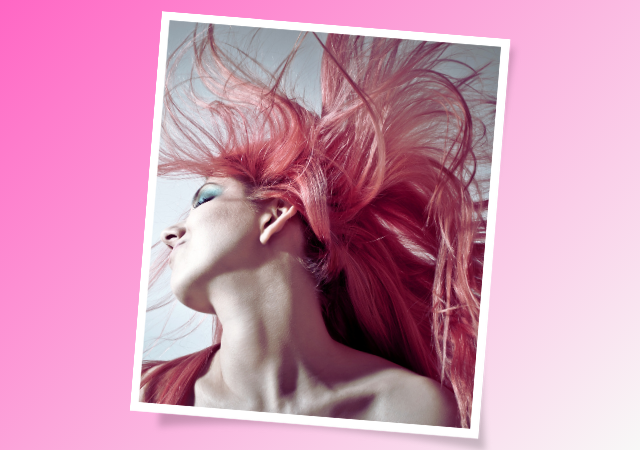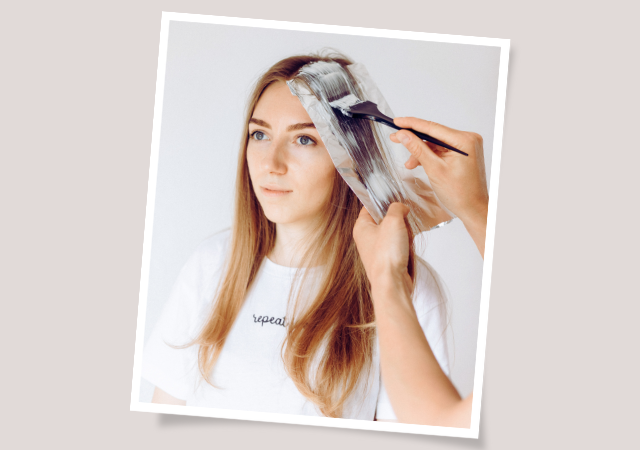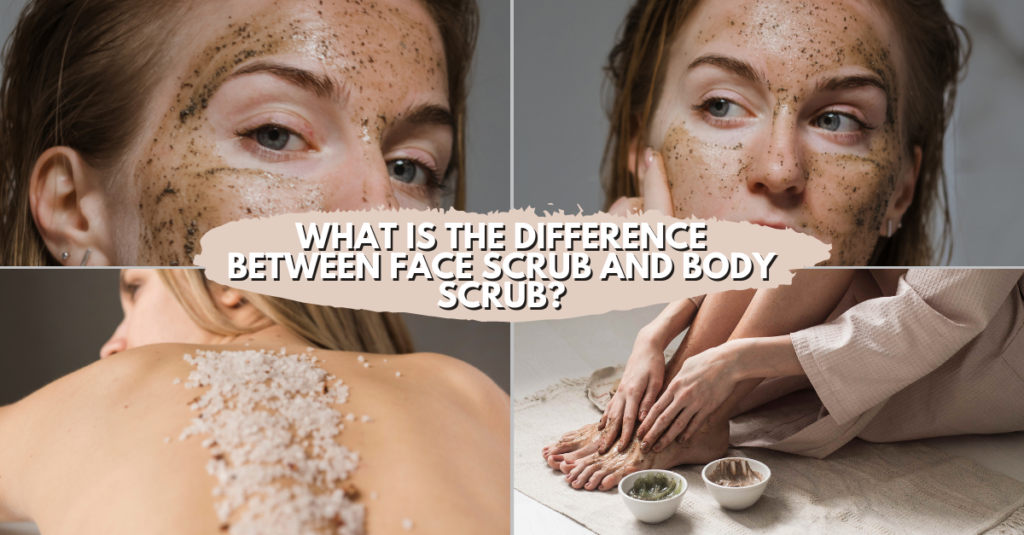The Truth About Hair Dye: Is Your Signature Look Secretly Harming You?
Introduction
Many of us regularly turn to hair coloring to achieve our desired look. However, beneath the allure of vibrant hues and dramatic transformations lies a potential danger that often goes unnoticed. “The Truth About Hair Dye: Is Your Signature Look Secretly Harming You?” delves into the often-overlooked risks associated with common hair dye practices. As hair coloring continues to gain popularity, concerns regarding its potential health impacts have sparked debate and raised questions about the safety of these cosmetic products.
This article aims to shed light on the chemistry behind hair dye, exploring the potentially harmful ingredients lurking within these products. From allergic reactions and skin irritations to more serious health risks, understanding the potential dangers of hair coloring is crucial for informed decision-making. Join us as we unravel the truth behind the allure, empowering you to make informed decisions about your beauty routine.
The Allure of Hair Coloring

The desire to change one’s hair color dates back centuries, with evidence of ancient civilizations using natural substances like henna and indigo to alter their appearance. Today, the options for hair coloring are virtually limitless, ranging from temporary washes to permanent dyes that offer lasting results.
For many, the decision to color their hair is driven by a desire for self-expression, confidence, or simply to keep up with current trends. Whether it’s to cover gray hairs, add dimension, or make a bold statement, hair coloring has become an integral part of the modern beauty routine.
Unveiling the Hidden Risks
While the cosmetic industry has made significant advancements in hair dye technology, the safety of these products remains a subject of concern. The ingredients commonly found in hair dyes can be complex and potent, raising questions about their potential impact on human health.
One of the primary concerns associated with hair dye is the risk of allergic reactions and skin irritations. Many hair dyes contain ingredients such as paraphenylenediamine (PPD) and ammonia, which can trigger adverse reactions in sensitive individuals. Symptoms may range from mild itching and redness to more severe reactions such as swelling and blistering of the skin.
Furthermore, certain components of hair dye formulations have raised concerns regarding their potential carcinogenicity. Studies have linked long-term exposure to certain hair dye ingredients with an increased risk of various cancers, including bladder cancer and non-Hodgkin lymphoma. While the evidence is not conclusive, the possibility of such risks underscores the importance of exercising caution when using hair coloring products.
Understanding the Chemistry of Hair Dye

To comprehend the potential risks associated with hair dye, it’s essential to understand the chemistry behind these products. Hair dyes work by penetrating the hair shaft and depositing color molecules that alter the hair’s natural pigment. This process involves a combination of oxidative agents, such as hydrogen peroxide, and coloring agents, which react to produce the desired hue.
However, the chemical reactions involved in hair coloring can also have unintended consequences. Oxidative stress caused by the interaction between hair dye chemicals and the skin can lead to cellular damage and inflammation, potentially exacerbating existing skin conditions or causing new ones to develop.
Navigating Regulatory Oversight
In response to growing concerns about the safety of hair dye ingredients, regulatory agencies have implemented standards and guidelines to ensure consumer safety. In many countries, cosmetic products, including hair dyes, are subject to stringent regulations that dictate the permissible levels of certain chemicals and require thorough safety assessments before products can be marketed to the public.
However, the effectiveness of regulatory oversight varies across jurisdictions, and loopholes in existing regulations may allow potentially harmful ingredients to remain on the market. Additionally, the long-term effects of certain hair dye ingredients may not become apparent until years after their initial use, making it challenging to assess their safety accurately.
Exploring Safer Alternatives
Despite the potential risks associated with conventional hair dyes, there are alternatives available that offer a safer approach to coloring hair. Natural hair dyes, derived from plant-based ingredients such as henna and indigo, provide a gentler alternative to traditional chemical-based dyes. These natural options offer vibrant colors without the use of harsh chemicals, making them suitable for individuals with sensitive skin or allergies.
Additionally, advancements in cosmetic technology have led to the development of semi-permanent and demi-permanent hair dyes that contain fewer potentially harmful ingredients. These temporary formulations provide temporary color without the commitment or potential long-term effects associated with permanent dyes, offering a compromise for those who wish to experiment with different looks without compromising their health.
Empowering Informed Choices
Ultimately, the decision to color one’s hair is a personal one, influenced by individual preferences, lifestyle factors, and considerations of personal safety. While the allure of a fresh hair color may be enticing, it’s essential to weigh the potential risks against the benefits and make an informed decision that aligns with one’s values and priorities.
By staying informed about the ingredients in hair dye products, understanding the potential risks, and exploring safer alternatives, individuals can take proactive steps to protect their health while still enjoying the freedom of self-expression that hair coloring provides.
Conclusion (The Truth About Hair Dye: Is Your Signature Look Secretly Harming You?)
In conclusion, though hair dye offers exciting possibilities, it’s vital to recognize its risks. Understanding its science is key—from potential reactions to long-term health concerns. By exploring safer options and staying informed, individuals can express themselves while safeguarding well-being. Adopting this balanced approach ensures a fulfilling beauty journey, where safety is never compromised.

My name is Rohit Vagh and I’m a content writer specializing in fashion and lifestyle. I have three years of experience in this field and have written various articles. My writing style is creative and engaging, and I strive to create content that resonates with my readers. I have a deep passion for fashion and am constantly researching the latest trends and styles to make sure my readers are up to date. I’m excited to continue my career in blogging, and I’m always looking for new opportunities in the fashion and lifestyle space.





